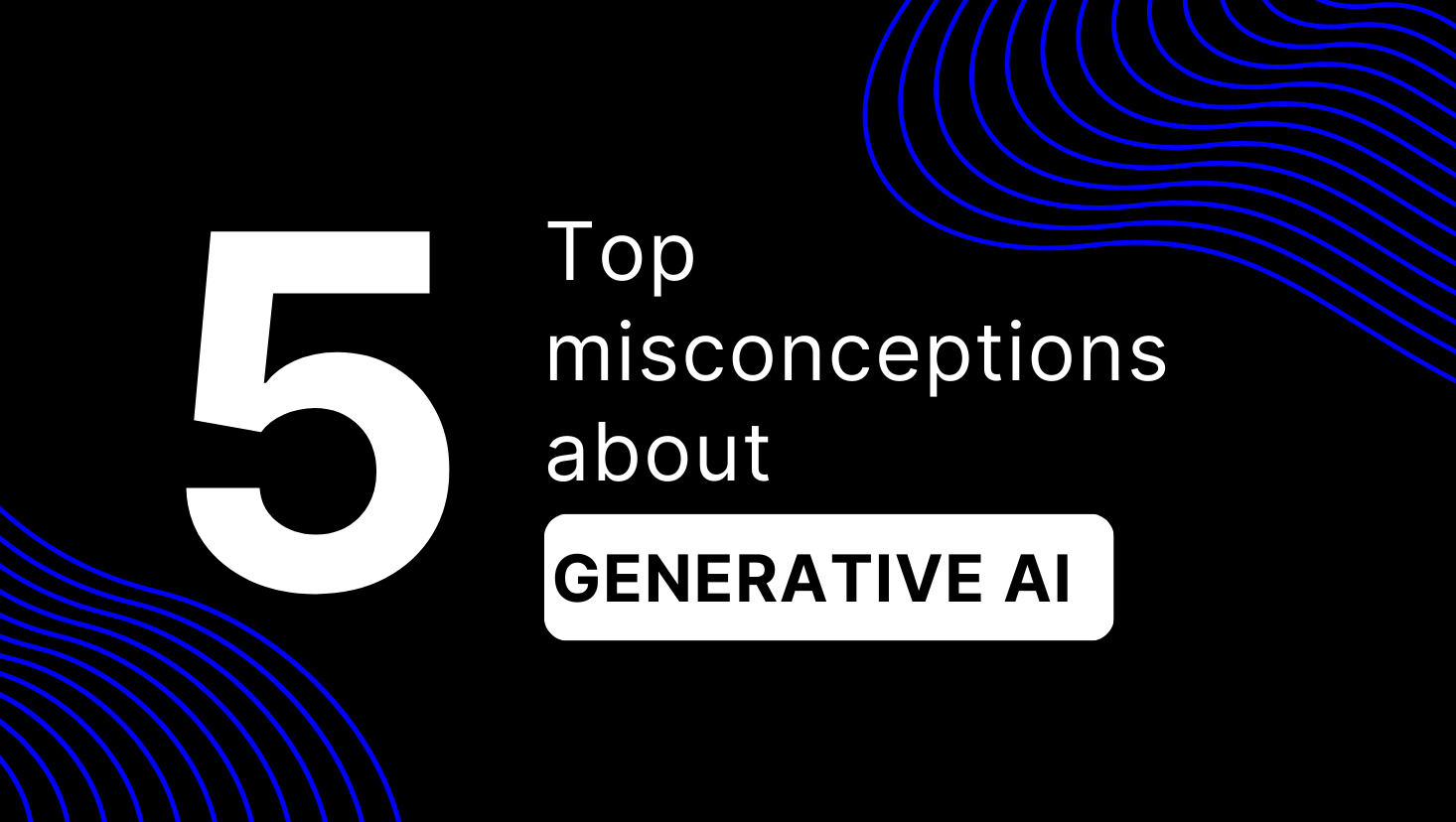
- Oct 23, 2023
- 5 minutes
-
 Mostafa Ajallooeian
Mostafa Ajallooeian
The field of AI is witnessing a rising trend in the use of Generative AI models. These models have the ability to learn patterns from data and generate new content, such as images, text, and even entire videos. This technology is up-and-coming in industries like healthcare and pharma, where vast amounts of unstructured data are available.
The Potential of Generative AI in Health and Pharma Industries
Generative AI holds tremendous potential in the health and pharma industries, especially when encountered with unstructured text. By leveraging this technology, healthcare professionals and pharmaceutical companies can extract valuable insights from unstructured data sources such as clinical notes, research papers, and medical images. Generative AI models are great tools to enhance analyzing and understanding complex medical information, helping with more accurate diagnoses and even generating ideas for patient care plans.
Generative AI in Action: Demonstrations and Live Examples
To better understand the capabilities of Generative AI in the health and pharma sectors, Mostafa Ajallooeian, Engagement Director and Senior Data Scientist at Unit 8 SA, showcases live examples and demonstrations. These demonstrations include question answering, continuous data chatting, and extracting structured information from unstructured datasets.
Question answering using Generative AI enables healthcare professionals to obtain answers to specific medical queries from vast amounts of unstructured data. Continuous data chatting allows doctors and patients to engage in natural language conversations, assisting in diagnosis and treatment decisions. Extracting structured information from unstructured data sources enables the extraction of relevant information and patterns from medical records, facilitating better patient care and research insights.
The Benefits of Integrating Humans in Generative AI Processes
While Generative AI shows immense promise, it’s crucial to involve humans in the loop for validation and ethical considerations. Human intervention and oversight ensure correctness and accountability, prevent bias, and prioritize patient safety. Collaborating with human experts helps refine Generative AI models, ensuring they align with industry standards, regulations, and the best practices of healthcare and pharmaceutical professionals. Ultimately, human-AI collaboration is the key to harnessing the full potential of Generative AI.
Conclusion
The rise of Generative AI presents an exciting opportunity for the health and pharma industries to unlock the power of unstructured data and leverage its insights for better patient care, substantiated decision-making, and operational efficiency. By embracing this technology, healthcare professionals and pharmaceutical companies can usher in a new era of precision medicine, improved patient outcomes, and accelerated research and development.


